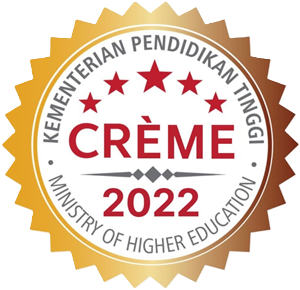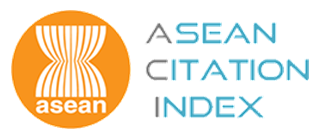ECOLOGICAL FORECASTING OF MELIA DUBIA CAV.: A CASE STUDY FROM KERALA
DOI:
https://doi.org/10.26525/jtfs2025.37.3.356Keywords:
MaxEnt, niche, tree cultivation, agroforestry, KeralaAbstract
Agroforestry and block plantations are increasingly recognised in Kerala as sustainable land-use strategies that integrate trees into farming systems, providing ecological and economic benefits. Among the tree species promoted in the region, Melia dubia (Malabar Neem) has gained popularity due to its fast growth and commercial potential. However, identifying suitable areas for its cultivation is essential to ensure plantation success, especially in Kerala’s diverse agro-climatic settings and fragmented landholdings. Ecological Niche Modelling (ENM) serves as a valuable tool for predicting the potential distribution of species based on environmental variables, aiding in species-site matching and guiding plantation planning. In this study, the Maximum Entropy (MaxEnt) model (v. 3.4.3) with a regularisation multiplier of one was used to delineate the ecological niche of M. dubia in Kerala. The model output indicates that M. dubia is highly suitable in 2.57% of area in Kerala, and moderately suitable in 3.33%, and low suitable in 7.43%. District-wise, Palakkad (1.09%), Wayanad (0.57%), and Thrissur (0.53%) show higher suitability compared to other districts. Dedicated and adaptive tree management practices can help improve plantation outcomes in marginally suitable areas. The results demonstrate that ENM can significantly contribute to upscaling agroforestry by enabling accurate site recommendations, minimising failure risks, and supporting strategic expansion of tree-based systems in Kerala.









